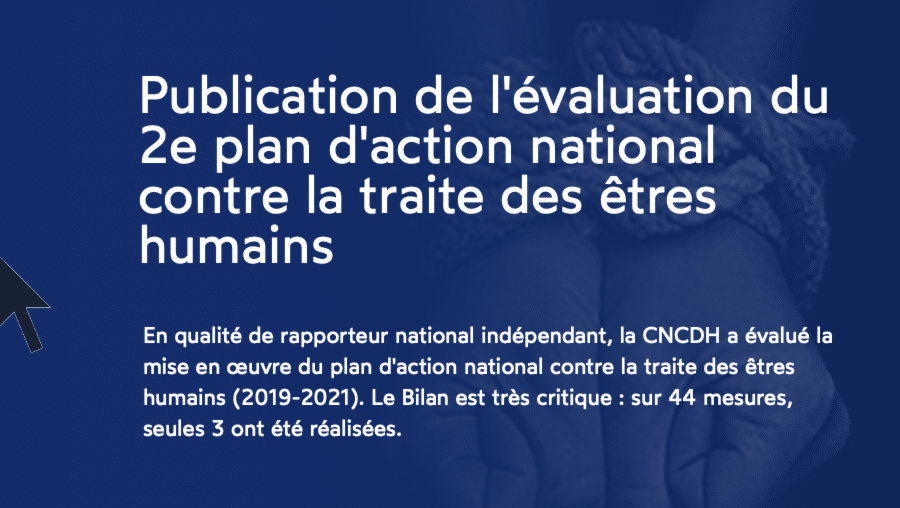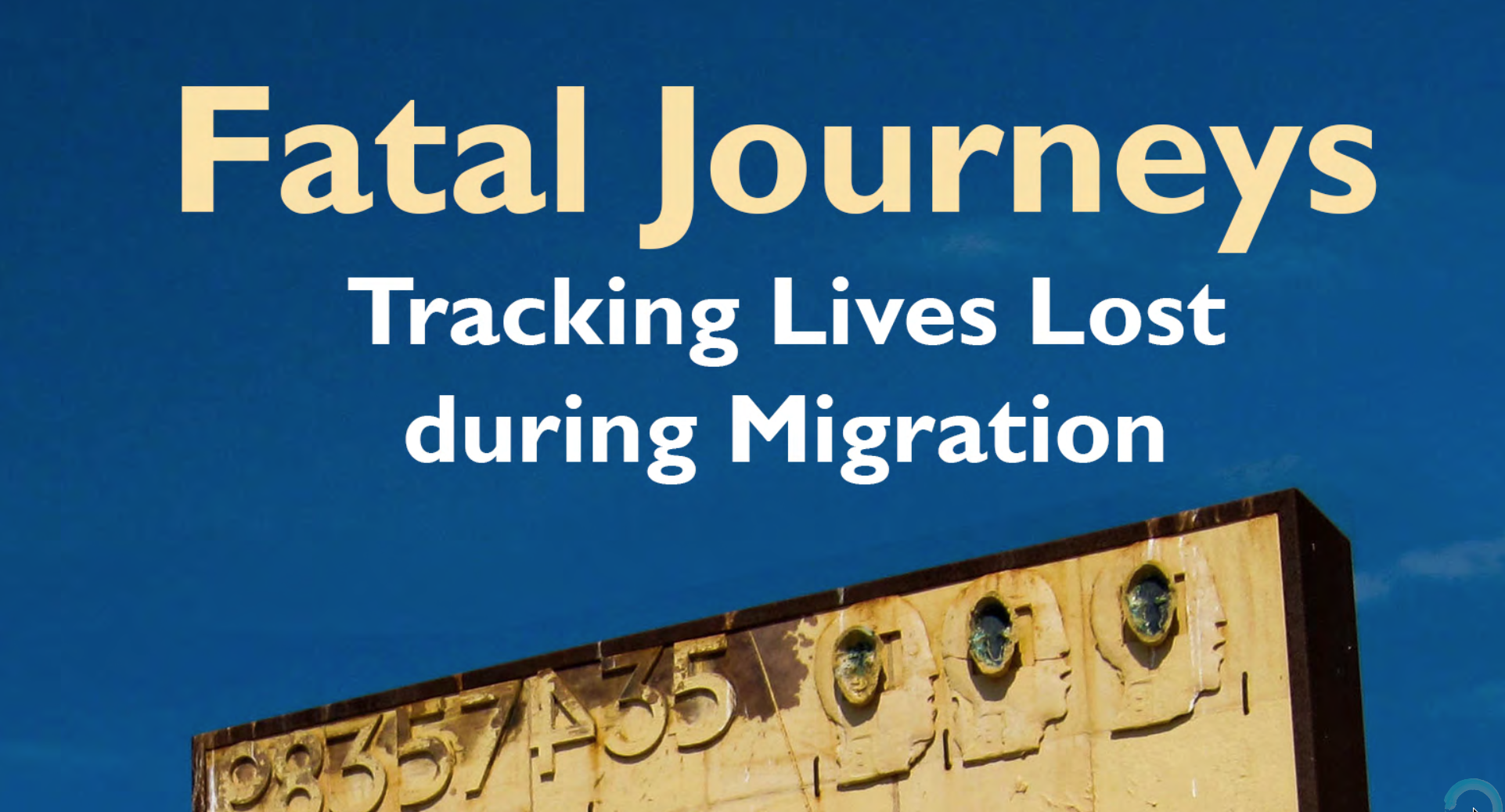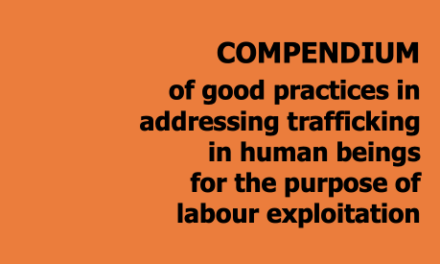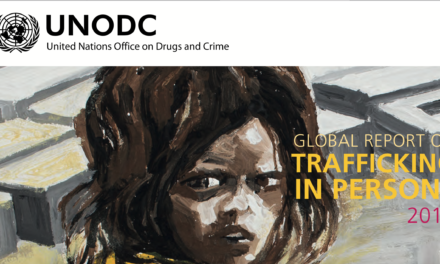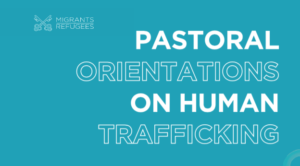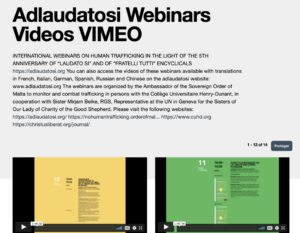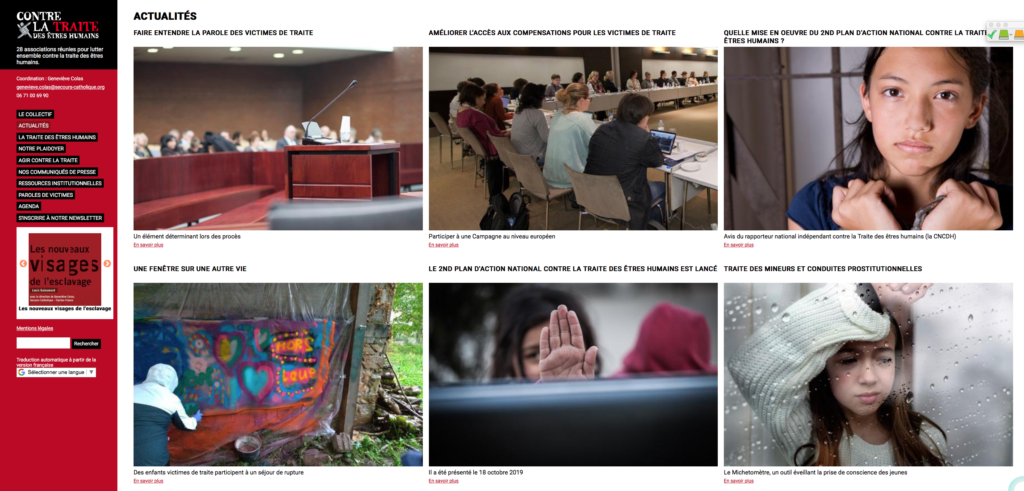Human Rights Council 9–27 September 2019: Current and emerging forms of slavery Report ENG:
Introduction
1. In her report, submitted in accordance with Human Rights Council resolution 33/1, the Special Rapporteur on contemporary forms of slavery, including its causes and consequences analyses whether current anti-slavery efforts are fit for purpose to respond effectively to the contemporary forms of slavery which are widespread today. She also identifies and evaluates whether these efforts are likely to be adequate to address future forms and manifestations of contemporary forms of slavery. Such an analysis is essential if the right to be free from slavery is to be achieved by 2030, the time frame agreed by Member States in target 8.7 of the Sustainable Development Goals.
2. The Special Rapporteur draws on lessons learned by the mandate on contemporary forms of slavery1 and from working with Member States, civil society and the private sector over the past six years, as well as responses received following a call for submissions.2 The Special Rapporteur wishes to thank the United Nations University Centre for Policy Research for undertaking the background research for the present report.
3. The report contains three sections. First, the Special Rapporteur considers what can be expected from slavery tomorrow. She examines the current scientific understanding of the patterns and drivers of contemporary forms of slavery and how these are likely to be impacted by major social, technological and physical changes in the years ahead. Second, she examines the anti-slavery agenda of today, looking at the scale and geography of current anti-slavery efforts and offering insights on what is happening, what is working and what is missing. Third, she offers an outlook on the anti-slavery panorama of tomorrow, suggesting an approach to addressing contemporary forms of slavery based on six characteristics. Such an approach must be (a) systematic, in the sense of requiring action at every level, not only by States but also by business and civil society actors; (b) scientific, in that it must be based on evidence of what works; © strategic, in that it must involve coordinated allocation of available resources to achieve defined and shared goals; (d) sustainable, in that it must be connected to action to achieve the full suite of elements of the 2030 Agenda for Sustainable Development; (e) survivor-informed and victim-centred, in that it must give victims and survivors a central role in shaping response; and (f) smart, in that it should use digital technology to accelerate efforts to scale up what works and adopt
Human Rights Council 9–27 September 2019: Current and emerging forms of slavery Report FR :
I. Introduction
1. Dans son rapport, soumis en application de la résolution 33/1 du Conseil des droits de l’homme, la Rapporteuse spéciale sur les formes contemporaines d’esclavage, y compris leurs causes et leurs conséquences, se penche sur la question de savoir si les efforts consentis actuellement pour lutter contre l’esclavage sont adaptés et constituent une réaction efficace aux formes d’esclavage contemporain largement répandues aujourd’hui. Elle s’attache également à les recenser et à les évaluer pour déterminer s’ils peuvent être suffisants pour s’attaquer aux formes et aux manifestations futures de l’esclavage contemporain. Une telle analyse est indispensable pour réaliser le droit de ne pas être tenu en esclavage d’ici à 2030, délai convenu par les États Membres dans la cible 8.7 des objectifs de développement durable.
2. La Rapporteuse spéciale s’appuie sur les enseignements tirés de l’exercice du mandat relatif aux formes contemporaines d’esclavage1, sur les travaux entrepris ces six années dernières années avec les États Membres, la société civile et le secteur privé, et sur les réponses reçues à un appel à contributions2. La Rapporteuse spéciale tient à remercier le Centre de recherche sur les politiques de l’Université des Nations Unies, qui a mené les recherches de fond indispensables à l’élaboration du présent rapport.
3. Le rapport comporte trois sections. Premièrement, la Rapporteuse spéciale détermine quelles sont les perspectives d’évolution de l’esclavage. Elle examine les connaissances scientifiques actuelles sur les tendances en matière de formes contemporaines d’esclavage et les facteurs qui sont à l’origine de ce phénomène, ainsi que la question de savoir comment ceux-ci pourraient être influencées par les évolutions sociales, technologiques et physiques majeures dans les années à venir. Deuxièmement, la Rapporteuse spéciale se penche sur l’action menée à l’heure actuelle pour lutter contre l’esclavage et sur l’ampleur et la géographie des efforts consentis aujourd’hui pour lutter contre les formes contemporaines d’esclavage, et livre quelques réflexions sur cette action, sur ce qui fonctionne et sur ce qui fait défaut. Troisièmement, elle dessine les contours de l’antiesclavagisme de demain, proposant à cette égard une approche de la lutte contre les formes contemporaines d’esclavage fondée sur six caractéristiques. Ainsi, une telle approche doit être : a) systématique, en ce sens qu’une action est requise à tous les niveaux, aussi bien des États que des entreprises et des acteurs de la société civile ; b) scientifique, en ce qu’elle doit s’appuyer sur des mesures dont l’efficacité est établie ; c) stratégique, en ce qu’elle suppose l’allocation coordonnée des ressources disponibles en vue d’atteindre des d’objectifs définis et communs ; d) durable, en ce qu’elle doit être liée à l’action visant à réaliser l’ensemble des objectifs du Programme de développement durable à l’horizon 2030 ; e) inspirée directement par les rescapés et axée sur les victimes, qui doivent jouer un rôle central dans la conception des interventions ; f) intelligente, en ce sens qu’elle devrait tirer parti de la technologie numérique pour intensifier les efforts visant à appliquer les méthodes efficaces à plus grande échelle et à adopter de nouvelles approches en matière de financement.
The future of work
9. Vulnerability to slavery is closely related to labour market regulation and dynamics. The unemployed and those participating in part-time employment are at higher risk of slavery.15 Trends in the future of work and in social protection schemes are thus highly relevant to any understanding of how slavery may change.16
10. Informality, including casualization, and other forms of precariousness in employment are risk factors for vulnerability to slavery. The informal sector is characterized by low productivity and low-skilled jobs without stable sources of income.17Today, more than 60 per cent of the world’s employed population, including 56 per cent in G20 economies, are in informal employment.18 In developing countries, informality accounts for more than 90 per cent of work.19 Yet informal employment looks set to grow, not only due to automation but also due to the rise of digital platforms for own-account and piecework – the so-called “gig economy”.20 There is widespread evidence that workers in this type of work, at the end of highly integrated and volatile supply chains, are often vulnerable to exploitation. Rigid purchasing practices that rely excessively on short-term contracts, short production windows and unfair payment terms are examples of practices that push risk down the supply chain onto the most vulnerable individuals – a trend that may be further exacerbated by automation.21
11. If technological and social changes in the world of work are not human-centred and trends towards decent work deficits are not tackled,22 precariousness in the labour markets could increase,23 and slavery risks will likely rise with it. Lower-skilled jobs will be susceptible to disruption by automation, resulting in displaced workers competing with other low-skill workers for a smaller number of jobs for lower wages.24 Disruptions in labour markets will generate negative income shocks for many households, create negative perceptions of household income and fuel inequality, all thought to be key risk factors for slavery.25 At the same time, new jobs will demand higher skill levels and educational attainment, requiring significant retraining and investments in education.26
Demographic trends and migration
12. Limited access to jobs is also a main driver of migration, itself a major source of vulnerability to slavery. And both access to jobs and migration are also likely to be significantly affected by demographic trends: 85.6 per cent of the 25.6 million young people entering the labour force globally by 2030 will be in developing and emerging countries.27 The highest growth is estimated to take place in Africa, where 1.3 billion of the estimated 2.2 billion people to be added to the world population between 2017 and 2050 live, followed by Asia and Latin America and the Caribbean.
13. Migration will likely continue to increase due to push factors such as conflict, income inequality, lack of economic opportunity and climate change, and pull factors such as demand for labour.28 Vulnerability of migrant workers to slavery increases as they are relegated to the informal economy in order to bypass legal routes for work, and are subjected to payment of recruitment fees and fraudulent practices of labour brokers.29 This leads to low participation in society, poor health and lack of a safety net, all drivers of slavery.
Economic changes
14. Economic shifts will also impact the geography of slavery. Asia, already burdened with the highest absolute prevalence of slavery according to the Global Estimates, is undergoing an economic boom that may heighten the risk of slavery in certain economic sectors, notably construction and infrastructure development. Shifts in global consumption patterns and agricultural and commodity supply chains, responding to new sources of demand from emerging economies, may also impact the geographic distribution of slavery. There may be increasing risk in those sectors that rely on low-skill, low-pay production and are highly vertically integrated into volatile and market-responsive global supply chains, including soy, cattle, palm oil, apparel and electronics.
Environmental change
15. The geography of contemporary forms of slavery will also be heavily impacted by climate and environmental change. Exposure to natural disasters is emerging as a possible risk factor for and reorganizing force in contemporary forms of slavery, and climate change will likely multiply and intensify natural disasters. In the Asia-Pacific region, already the region with the highest estimated absolute prevalence of contemporary forms of slavery and forced labour, the interlinkage between vulnerability to exploitation and climate change may become more apparent.30
16. By 2050, approximately 5 billion people may live in areas where the climate “will exceed historical bounds of variability”, 31 and 143 million people in sub-Saharan Africa, South Asia and Latin America will face internal migration due to climate change,32 which will increase vulnerability for these populations.33 Even without natural disasters, the slow- rolling impacts of climate change on primary industries are likely to lead to significant disruptions in and reorganizations of industries, livelihoods and households, testing household financial resilience, heightening underlying vulnerabilities and disrupting livelihoods and social networks.34 Competition among producers for dwindling resources may encourage behaviours that drive down labour and other costs, as we see in South-East Asian fisheries.35 Climate change may also heighten the risk of forced marriage, with dowries viewed as a capital formation adaptation.36
17. There is also evidence of covariance between the likelihood of contemporary forms of slavery and the likelihood of violations of environmental laws and standards, whether in the fishing industry, in forestry or in agriculture.37 Yet it is important to recognize that the causal pathways involved are complex and may not be linear: they may be influenced by national- and international-level policy choices.38
Other emerging trends
18. New technologies are leading to new forms of exploitation, such as forcing children to participate in online sexual exploitation. Other new forms of slavery may also be emerging. For-profit “orphanages” risk becoming gateways into child slavery. Children may be trafficked into exploitation in these institutions or trafficked from the institutions into exploitation in other settings, and those who have been through such institutions may be more vulnerable to slavery subsequently. And the anticipated rise of “volunteer tourism”in foreign orphanages may risk stoking demand for such trafficked children.39
19. There are also disturbing signs suggesting that a resurgence of enslavement in armed conflict contexts, not only as a method of recruitment but increasingly also as an open tactic of ideological subjugation and conflict financing. The growing trend towards fragmentation of armed conflict suggests a weakening of the established inter-State norms of warfare, including the strong taboo against enslavement. From the Syrian Arab Republic to Libya to Nigeria, there are recent signs that enslavement is transforming from incidental to also being instrumental to conflict.40 Most commonly reported forms of trafficking for the purpose of exploitation in situations of armed conflict are sexual slavery of women and children and their abduction for forced marriage; recruitment of children into armed groups; and forced labour in different sectors such as agriculture, the domestic sector and extractive industries. The latter may be used to finance operations of armed groups or for personal profit.41
20. Conflict-induced displacement is at historic highs, further limiting people’s access to decent work, disrupting social networks and increasing their vulnerability to debt bondage, forced labour, commercial sexual exploitation, child labour and servile forms of marriage as a means of survival and coping.42 Additionally, the increasing targeting and use of schools for military purposes greatly heightens children’s vulnerability to contemporary forms of slavery, in particular child labour and child recruitment.43
21. Finally, there will be a heightened risk of forced and servile marriage and sexual slavery in societies where there is a persistent gender imbalance, a phenomenon often resulting from the practice of sex-selective abortion.44 Countries with disproportionate gender ratios and a growing young, male population will generate an increased demand for trafficking of women and girls into servile forms of marriage and into commercial sexual exploitation, including from other countries in their region.45 Additionally, long-term displacement will likely lead to a rise in the rates of servile forms of marriage, in particular of girls, as a coping mechanism, and may over time increase female participation in vulnerable domestic work and forced labour.


